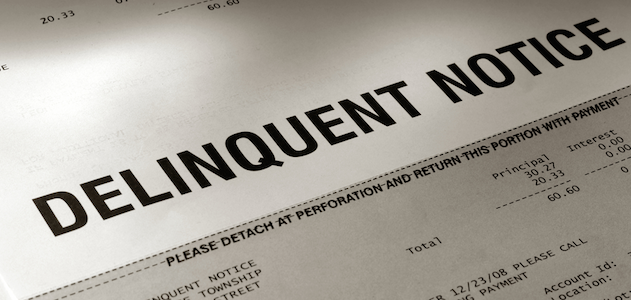Despite the protestations of affordable housing advocates, including Sen. Elizabeth Warren, D-Mass., and Rep. Mike Capuano, D-Mass, the sale of non-performing loans is at the highest level since the housing crisis, according to a new report from Nomura.
In recent months, Fannie Mae, Freddie Mac, and the Department of Housing and Urban Development have all participated in the sales of non-performing loans, but even with those sales, the volume of non-performing loans on each agency’s books means that NPL sales aren’t going away anytime soon.
In fact, Nomura’s analysis, conducted by Brock Vandervliet, showed that the current level of non-performing and re-performing loan transactions is at the highest since the crisis.
Based on the number of past distressed loan sales and the amount of NPLs and RPLs that still exist on the books of Fannie, Freddie, HUD and commercial banks, even if the number of NPL and RPL sales stays at the current post-crisis high, there are still four years’ worth of potential NPL sales volume and more than six years worth of RPL sales volume left to sort out.
And that’s assuming no more additional loans become delinquent, which is highly unlikely.
According to Vandervliet’s analysis, the government-sponsored enterprises have decreased their NPL holdings by 70% to $75 billion after peaking at over $250 billion in 2010.
But during the same time period, the GSEs’ RPL holdings have increased to a peak level of $226 billion as of the end of the third quarter.
Vandervliet’s analysis also shows that HUD holds $18.4 billion in delinquent and foreclosed loans on its books, with $15 billion delinquent and $3.4 billion foreclosed.
According to Vandervliet, HUD’s total is “up sharply” from 2014, when it held $12.3 billion in delinquent and foreclosed loans, but obviously HUD’s total is dwarfed by the GSEs.
Nomura’s report also shows that commercial banks demonstrate a pattern of decline similar to the GSEs.
According to Vandervliet’s analysis, commercial banks’ NPL and RPL balances remained steady between 2009-2012 at $180 billion. Since then, NPL balances declined by 50% to $90 billion, as of the second quarter of this year. RPL totals have declined by a lesser extent from over $90 billion 2011 to $65 billion currently, the report shows.
Vandervliet’s analysis shows that the current rate of NPL sales is between $25 billion and $45 billion per year, and in Vandervliet’s opinion, that’s not going to slow down.
“We see no reason the current combined rate of NPL divestitures from these holders should not continue,” Vandervliet writes. “Even at the high end of the range, this represents four years of NPL sales even assuming no further loans tip into the distressed loan bucket. Furthermore, the RPL pool at $300 billion could fuel sales for more than six years at that same rate.”






